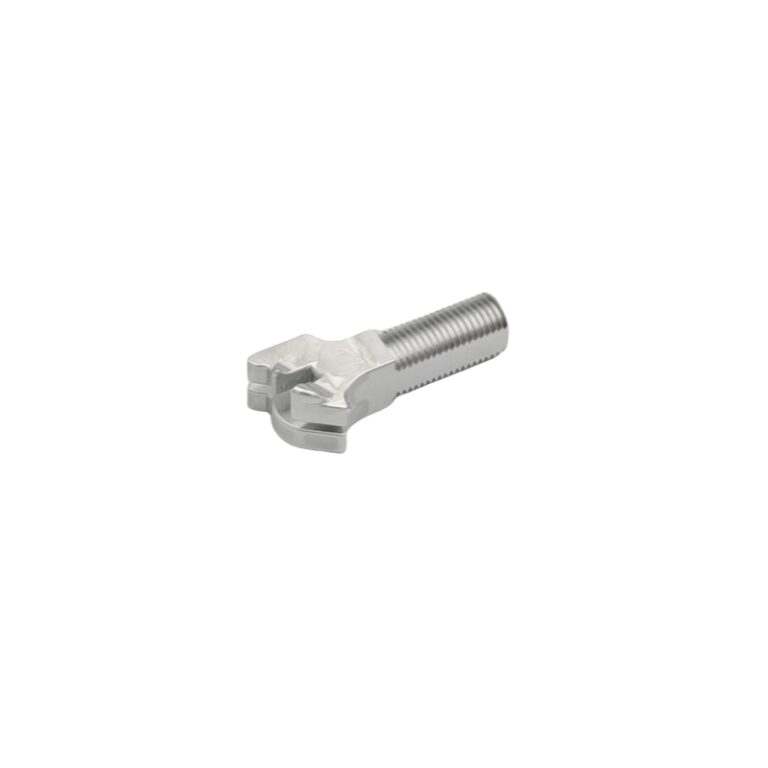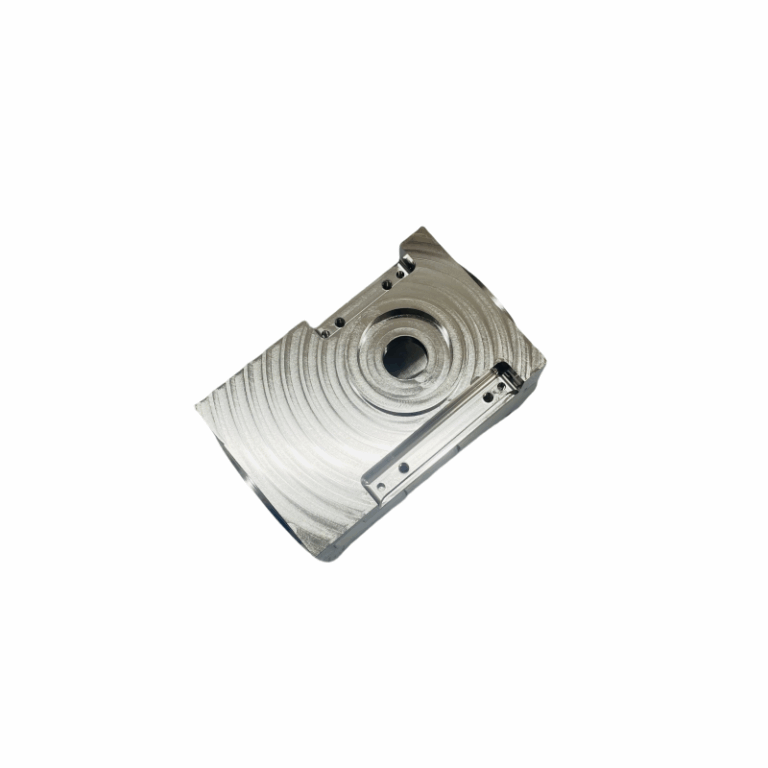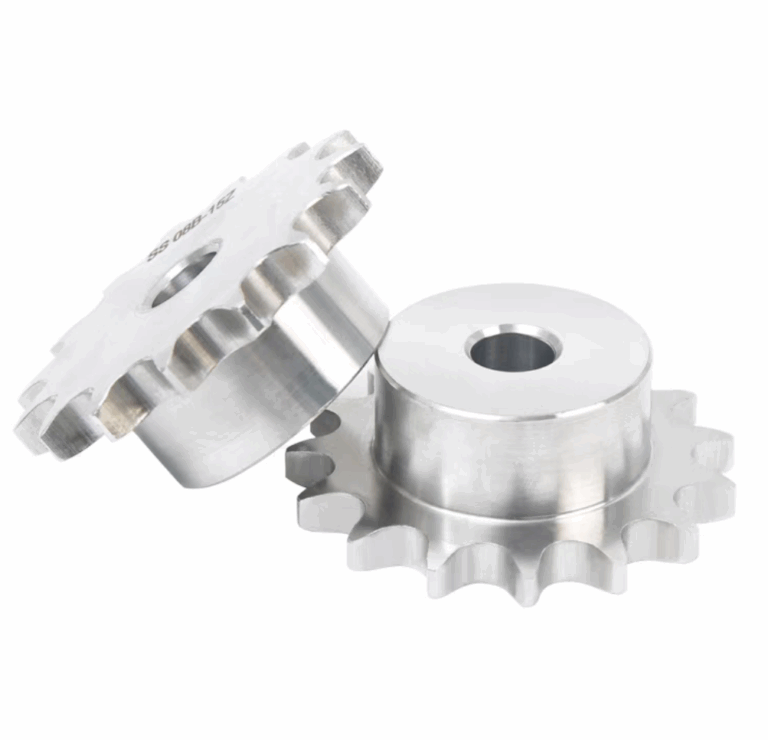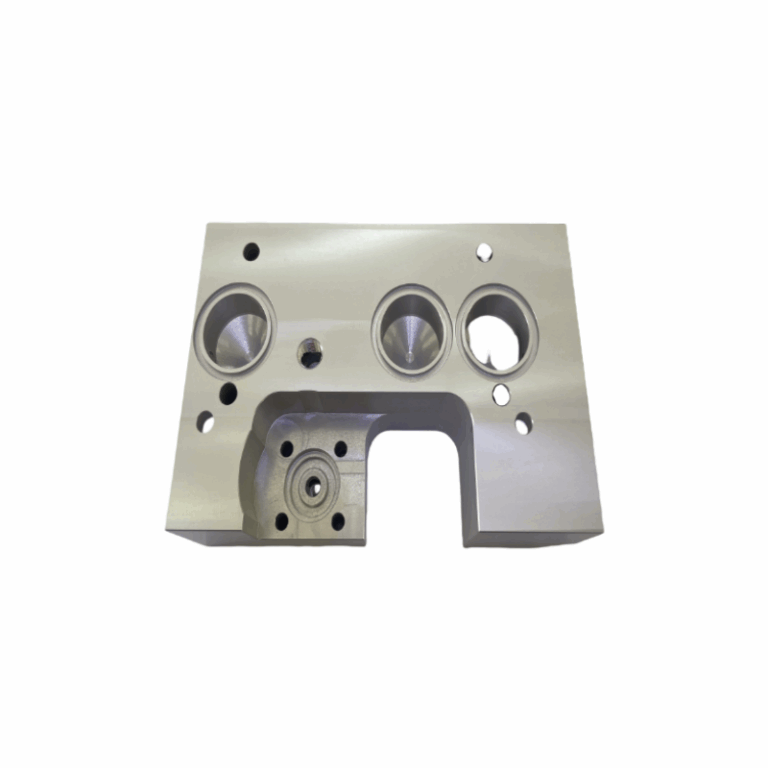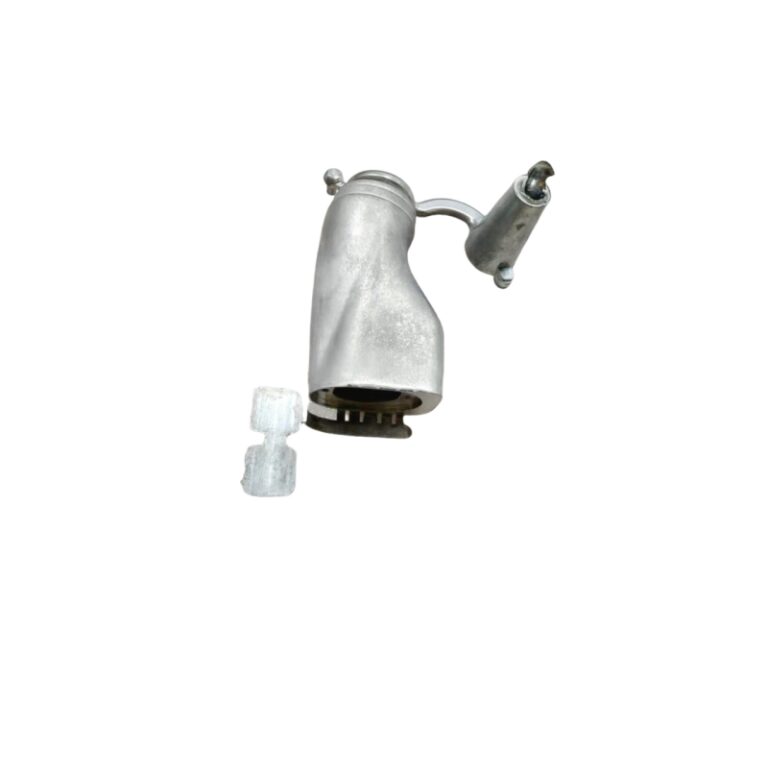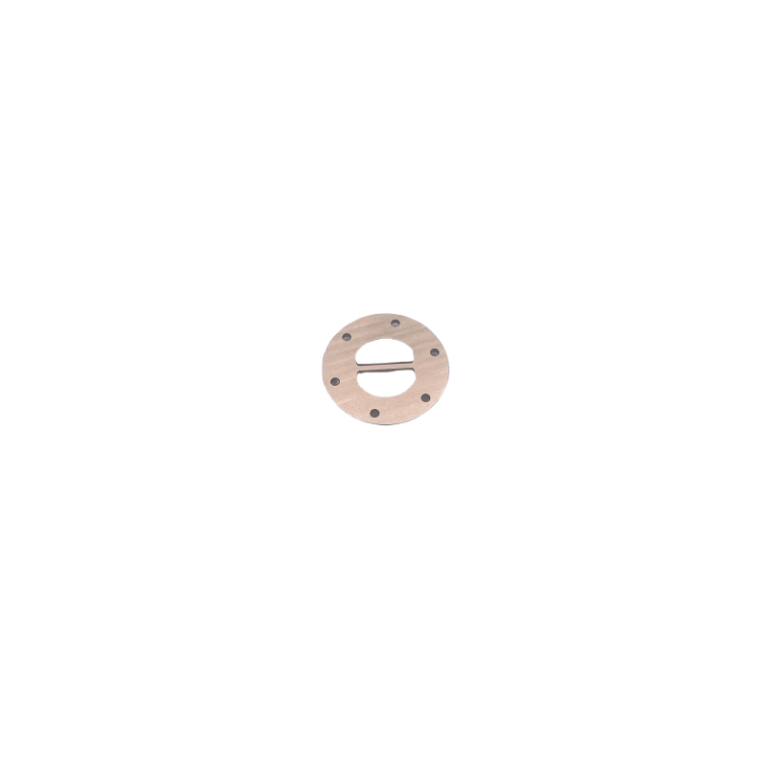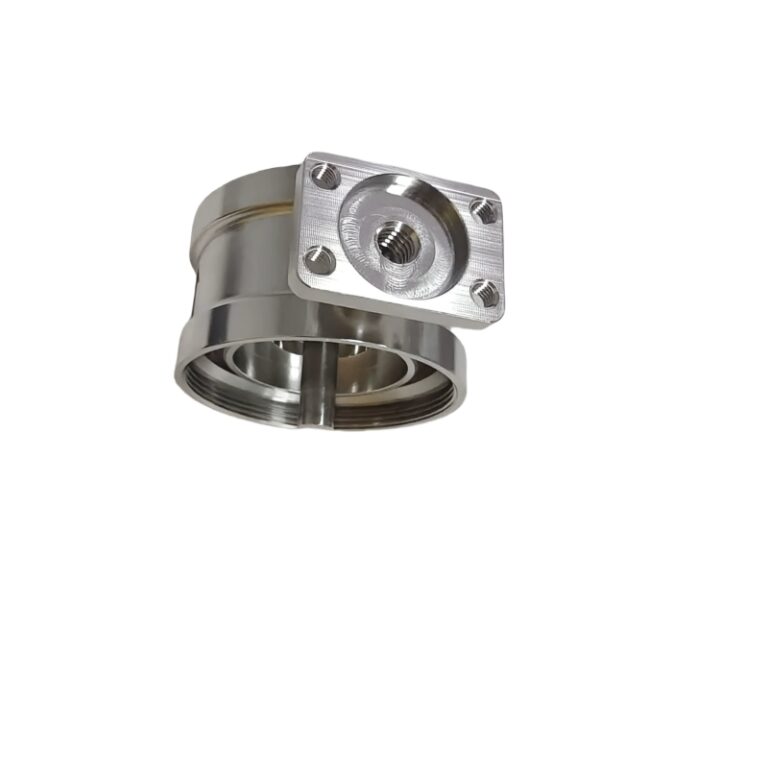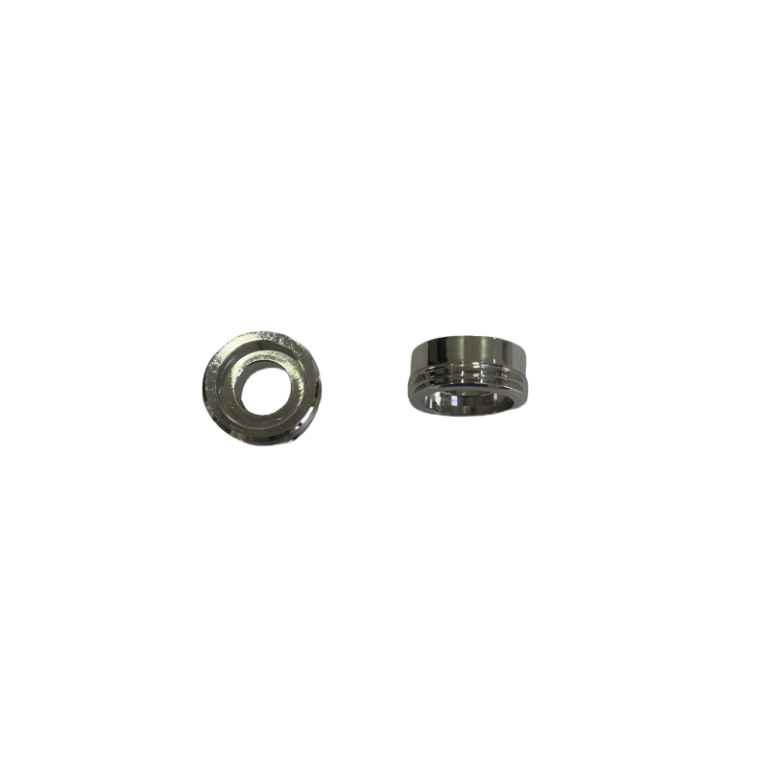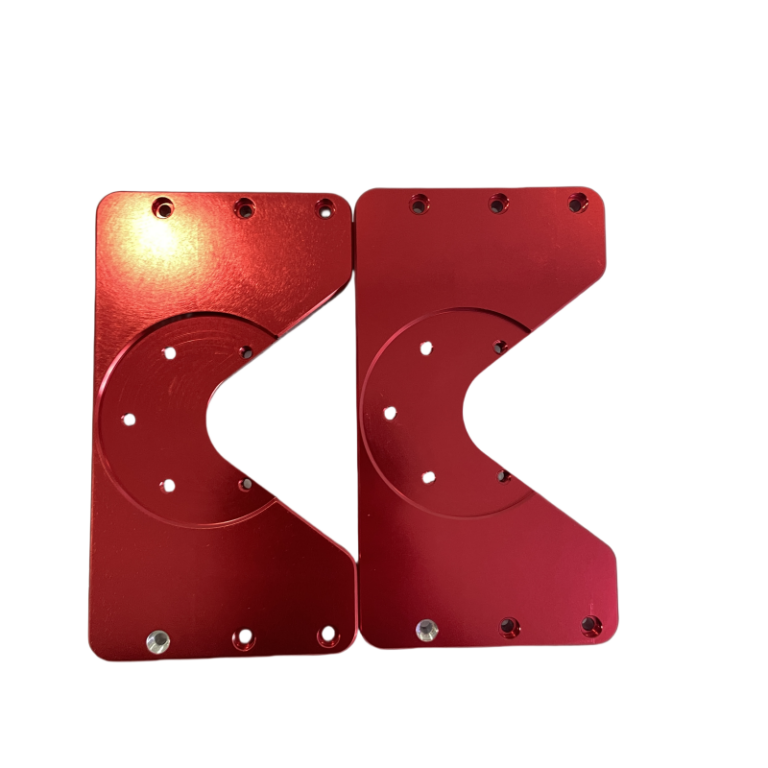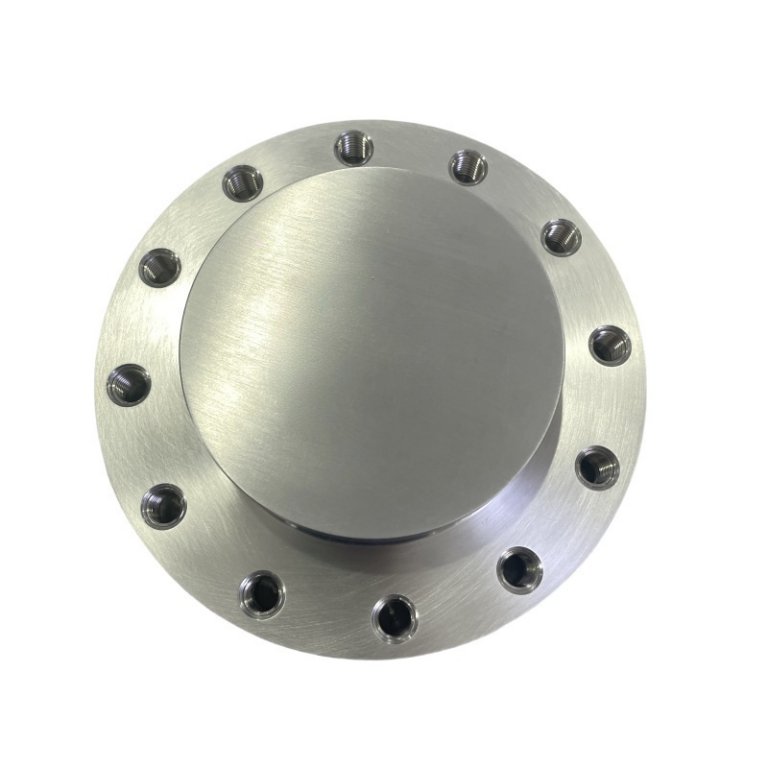Grinding is a common machining method in modern manufacturing. This grinding machine process method provides unparalleled accuracy, efficiency, and flexibility. Understanding CNC grinding is essential for professionals in various industries. In this guide, we will introduce the definition of grinding, grinding machine process, advantages, grinding required machines and equipment, suitable grinding materials, grinding, and driving milling.
Definition of grinding
Moving refers to the manufacturing process of grinding processing with different types of grinding machines such as surface grinding, outer round grinding, inner round grinding, and dedicated grinding. Through the processing of the grinding bed, it can achieve higher processing accuracy than other methods, especially for materials with higher hardness.
The main difference between grinding and other cutting processes is the size of the material removed. Turning or milling removes large pieces of material to form parts while grinding removes much smaller pieces. This allows for better dimensional control and finer surface finish, which is often required for precision components in the aerospace, automotive, medical equipment, and other industries. Grinding is unique in that it allows for high material removal rates while maintaining very tight tolerances. It is usually used as a finishing process after other machining techniques have brought parts close to their final dimensions. In many cases, grinding may be the only viable option for hardening materials such as steel, ceramics, and glass.
Grinding process
The grinding machine process is divided into six main steps: raw material preparation, high-speed processing, heat treatment, precision grinding, surface treatment, and finished product inspection.
1. Preparation of raw materials
The preparation process of raw materials is the first step of the entire production process. Under normal circumstances, raw materials are completed by efficient mechanical cutting and rough processing. This can quickly cut the raw materials into parts of the appropriate size so that the subsequent processing process can be used.
2. High-speed processing
High-speed machining is based on computer-aided design. At this stage, the processor uses a high-speed processor to use the raw materials for preliminary processing in order to obtain a workpiece that can be further improved.
3. Hot treatment
After installing the predetermined size, the material needs to be treated to eliminate the stress and increase the overall hardness. This process is performed by heat treatment methods such as quenching, recovery, positive fire, and quenching. Due to the narrowing part after heating, it will exceed the initial accurate size. A purpose of heat treatment is that, after machining, there is internal stress, to eliminate this internal stress so the treatment, if not heat treatment, the material will directly crack, heat treatment can significantly improve the hardness, strength, and wear resistance of the material, thereby improving the grinding quality and precision .
4. Precision
At this stage, the raw materials are further squeezed and ground through different types of grinding beds until they reach the required high precision and ideal surface. The product accuracy can generally reach 0.005mm.
5. Surface treatment
After precision grinding, surface treatment needs to be performed. In this step, workers will use different types of tools and equipment to polish, chrome-plated, and spray paint such as polishing, chrome-plated, and painting to improve the aesthetics and service life of the product.
| 1. Polishing: Polishing refers to the use of mechanical, chemical, or electrochemical action to obtain a bright, flat surface processing method. |
2. Sandblasting: Sandblasting is a kind of surface treatment that uses the impact of high-speed sand flow to clean and roughen the surface of parts to obtain a certain degree of cleanliness and roughness. |
3. Anodizing: An electrolytic oxidation process in which aluminum and its alloys form an oxide film on aluminum products (anodes) under the action of an external current in the corresponding electrolyte and under specific technological conditions. |
| 4. Black anodizing: Black anodizing is an electrochemical process in which a protective oxide layer is formed on an aluminum component, which is then dyed black for an even, smooth appearance.
|
5. Electroplating: Electroplating is the process of using electrolysis to attach a layer of metal film to the surface of metal or other materials to prevent metal oxidation, improve wear resistance, electrical conductivity, reflective property, corrosion resistance, and improve beauty. |
6. Passivation: Passivation refers to the process of metal oxidation by a strong oxidizing agent or electrochemical method, so that the surface becomes inactive, that is, the passivation process, is to transform the metal surface into a state that is not easy to oxidize and delays the corrosion rate of the metal. |
| 7. Powder coating:
The powder is electrostatic adsorbed on the surface of the part and then solidified under heat, causing it to flow and form a surface on the part. It is suitable for the surface spraying of plastic, glass, and metal parts, mainly for protection or coloring. |
8. Painting:
Painting is the surface treatment method of spraying a layer of paint on the surface of a part. The color can be modulated according to customer needs, and the surface can be matte, glossy, or metallic. |
9. Heat treatment: Heat treatment is to heat the metal material to a certain temperature, after a certain period of time, at a certain rate of cooling to room temperature or lower, so as to improve the structure of the material to obtain excellent performance of the material, generally refers to the treatment of metal materials, especially steel. |
6. Product inspection
At this stage, quality inspectors will conduct different types of inspections to ensure that the appearance, size, and performance of the product meet the requirements. Only the inspection products can be delivered to the customer for use.
DMTC grinding machine process is exquisite, our products are from raw material selection to precision machining, and each step of the process is strictly controlled by professionals. We can also polish, wire drawing, sandblasting, and other surface treatment of the products.
Advantages of grinding
- High-precision: Moving can obtain very high surface smoothness and size accuracy, which is suitable for high-precision processing requirements.
- High efficiency: Grinding can quickly remove a large amount of materials, such as steel, cast iron, non-ferrous metals and their alloys, high temperature and heat resistant alloys carbon fiber reinforced plastics, etc. which is suitable for large-scale production.
- Wide application: grinding is suitable for processing various materials, including metal, ceramics, plastic, etc.
- High processing accuracy: The grinding is a high-speed multi-blade cutting, the cutting of the cuttings of the blade knife is small, and the material that can be cut on the surface of the workpiece has a certain grinding and polishing effect.
- Machining high-hardness materials: grinding can not only process general structural materials but also process difficult processing materials such as hard-hard steel, hard alloy, ceramics, and other difficult processing materials. (Learn What are the common types of grinding)

Machines and equipment required for grinding
1. Grinder
Most mills use high-speed rotating wheels for grinding, and a few use other abrasives and free abrasives such as oil stones, sasal belts, such as polishing machines, super-machining machine tools, sofa grinders, grinders, and polishing machines.
- Sand wheel and grinding stone
- Sand wheels: used for hard alloys, and other materials.
- Grindstone: used for grinding metal, ceramics, glass, and other hard materials.
2. Other related equipment
- Line: By rotating the workpiece, apply power on the car knife so that the workpiece is processed on the tool.
- Milling machine: Put the workpiece on the workbench and cut it on the workpiece through milling cuttings to process various planes, outlines, and grooves.
- Drilling machine: Rotate the cutting on the workpiece through the drill bit to process the hole.
DMTC has 30 high-end imported precision machines, and our technicians have more than ten years of grinding machine process experience. The highest precision of the processed products can reach ±0.005mm.
Which materials are suitable for grinding?
1. Metal material
Carbon steel: Carbon steel has good strength and toughness, suitable for rough grinding and fine grinding. When grinding, you can use a brown jade sand wheel. When fine grinding is used, the white-grain jade sand wheel is used.
- Alloy steel: Alloy steel obtains higher strength, abrasion resistance, and toughness by adding different alloy elements. Use a brown jade sand wheel during rough grinding, use the Bai Gang jade sand wheel when fine grinding and the high-hardness alloy steel is recommended to use the CBN sand wheel.
- Stainless steel: When grinding, use a brown jade sand wheel, or a single crystal rigid jade sand wheel when fine grinding. High-hardness stainless steel is recommended to use ceramic binding agent sand wheel.
2. Non-metallic material
- Cast iron: Suitable for using a brown gang jade sand wheel for grinding.
- Hard alloy: It is suitable for grinding with diamond abrasives.
- Ceramics: It is suitable for high-precision grinding and polishing with diamond abrasives.
- Glass: Suitable for polishing with diamond abrasives.
- Marble: Suitable for using diamond abrasives for grinding.
DMTC supports the processing of various materials, and technicians select high-quality materials for processing in the grinding machine process to meet the needs of customers for high-quality products.
The difference between grinding and milling, turning
| Comparison | Grinding | Milling | Turning |
| Processing method | Grinding is the process of using abrasives and abrasives to remove excess material from the workpiece. Grinding is usually used to obtain high precision and high surface finish machining, suitable for machining high-hardness materials | Milling is the use of a high-speed rotating milling cutter to walk the knife on the blank fixed to the machine to cut out the desired shape and features. Milling is often used to process simple shapes such as contours and grooves as well as complex shapes. | Turning is the use of the rotation of the workpiece and the movement of props from the surface of the workpiece to cut excess material to make it meet a certain shape, size, and surface quality requirements of the parts, usually used for processing shafts, disks, sleeves, and another workpiece with a rotating surface. |
| Machining effect | The processing precision is very high, the surface finish is good, and it is suitable for the processing of high-precision and high-hardness materials. | High machining accuracy and surface quality, suitable for complex shapes and feature processing | High machining accuracy, suitable for medium precision parts processing |
| Applied range | Grinding is mainly used for finishing, suitable for high precision and high surface finish requirements, and often used for processing quenched workpieces. | Milling is suitable for processing a variety of complex shapes and features, often used in mold, gage, fetal, and thin-walled complex surface processing. | Turning is mainly used for processing shafts, discs, sleeves, and other rotary parts, widely used in machinery manufacturing and repair factories. |
Whether it is grinding machine process, or turning, milling processing, DMTC technology is first-class. We can machine various precision parts, such as aluminum parts, brass parts, Stainless steel parts, and so on. We can also customize CNC machined parts for your products. Just contact us (sherry.guo@szdmtc.com)

